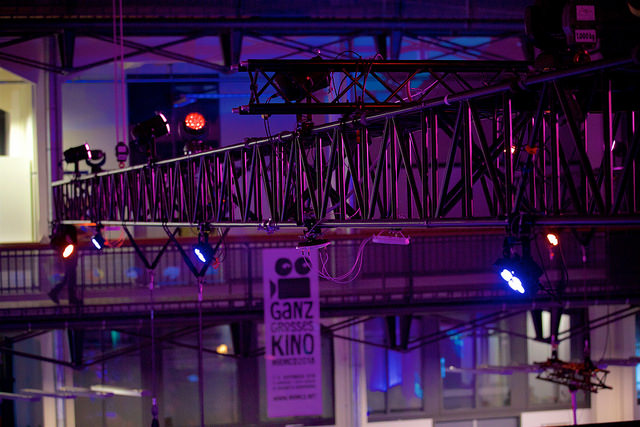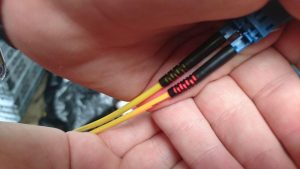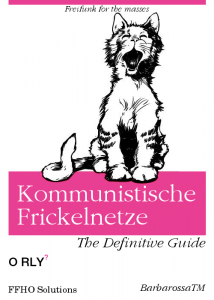A month ago the 13th Free and Open Source Software Conference (FrOSCon) took place in St. Augustin, Germany. At this years event I organized a two day Network Track designed for a broad audience of Linux folks, system administrators and developers to answer questions about networking topics they were afraid to ask or didn’t realize they wanted or had to know! As the lines between system engineering and network engineering keep on blurring it’s getting more and more important to broaden the focus in both worlds, keywords being things like SDN, IP-Fabric, Segment Routing etc. here.
The track started with a lecture about networking basics and over both days advanced to technically more sophisticated topics following a red line.
On Saturday the focus was on Layer 2 and Layer 3 fundamentals (Ethernet switching and routing), dynamic routing protocols as well as the Linux packet-filter. Sundays track started gently with VLANs, Bonding and Bridging and advanced to more sophisticated topics like policy-based routing, VRFs, Open vSwitch, Segment Routing and Software Defined Networking. The track concluded with an overview about Best Current Operational Practices and a Q&A sessions.
All these talks are – thanks to the nice folks at CCC-VOC – available on Video at media.ccc.de (german audio) as are the slides (english):
Day 1
- Networking Basics – From Etherhet to IP (Video) (Slides)
- IPv6 in 2018 (Video) (Slides)
- OSPF (Video) (Slides)
- BGP (Video) (Slides)
- Netfilter (Video) (Slides)
- Overlays and IP-Fabrics (Video) (Slides)
Day 2
- Adv. topics in Layer2/3 – Light and dark magic with the Linux network stack (Video) (Slides)
- Segment Routing (Video) (Slides)
- Open vSwitch – The switch within your machine (Video) (Slides)
- Best Current Opertional Practices – Dos, Don’ts and lessons learned
(Video) (Slides) - Building your own SDN – The penguin orchestrates the network (Video) (Slides)
- Grand Q&A (Video)





 Nearly two years ago, I started thinking about a next generation design for the
Nearly two years ago, I started thinking about a next generation design for the